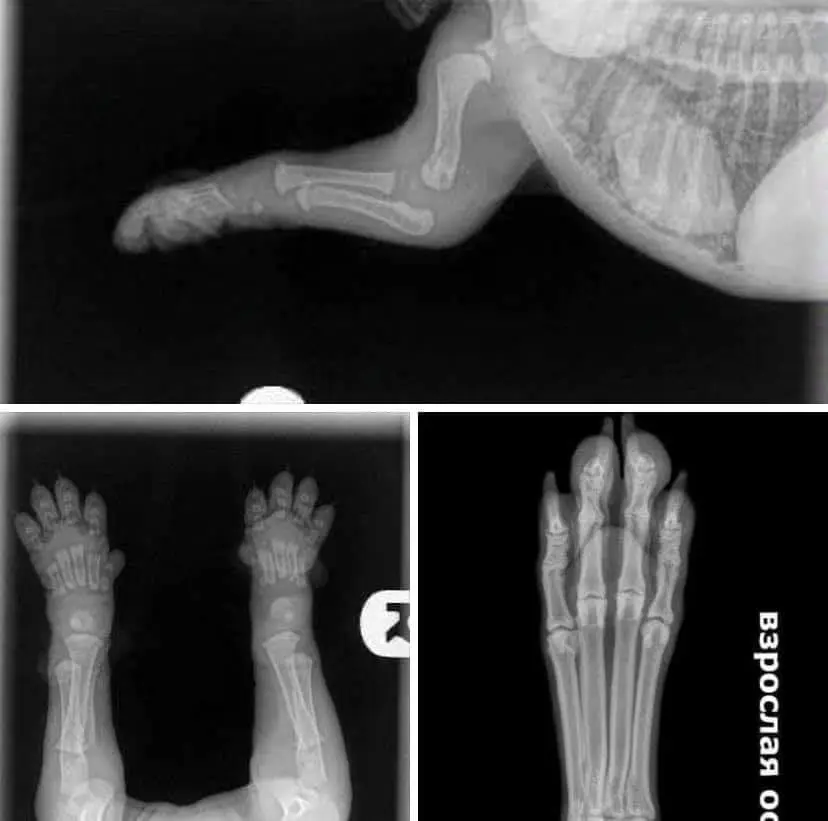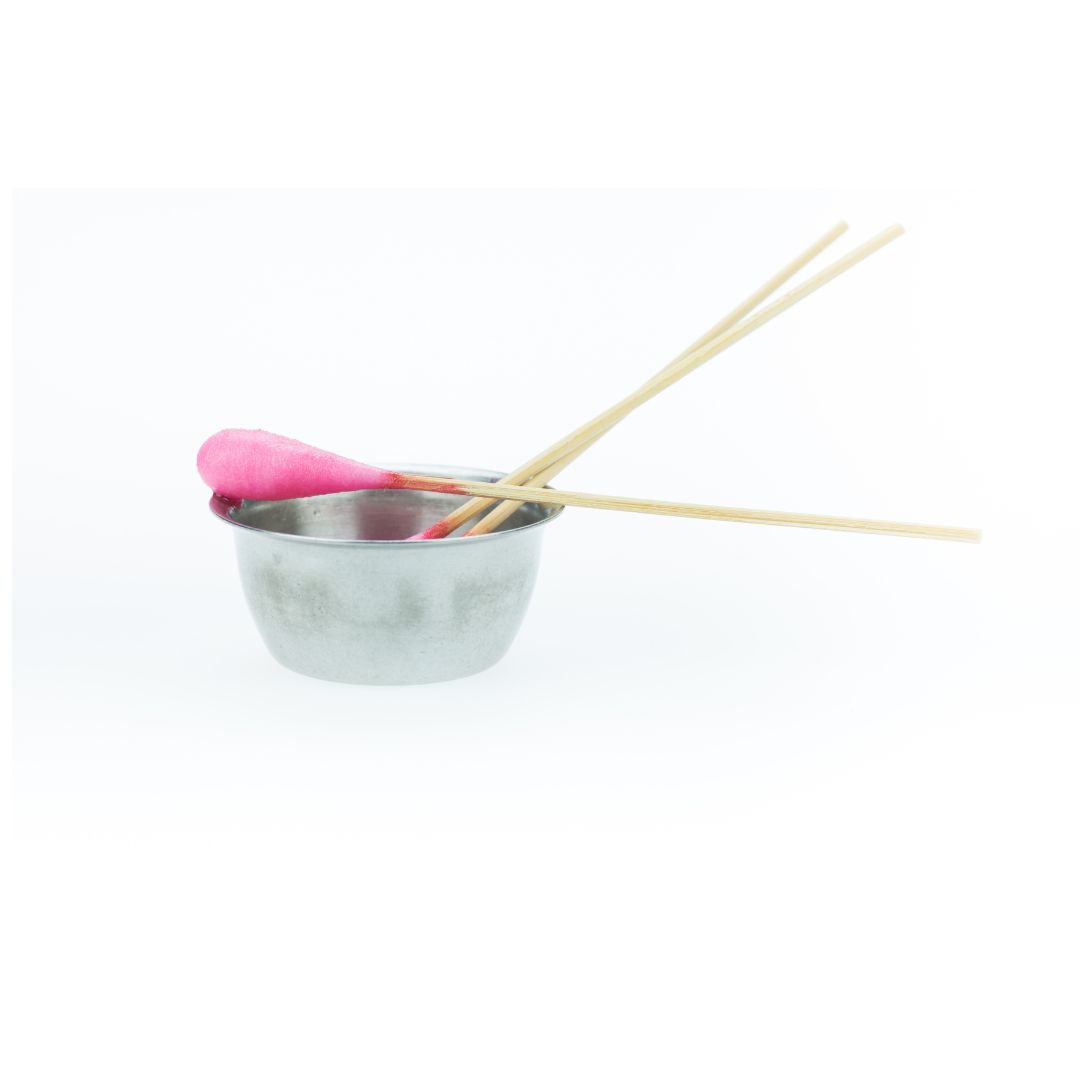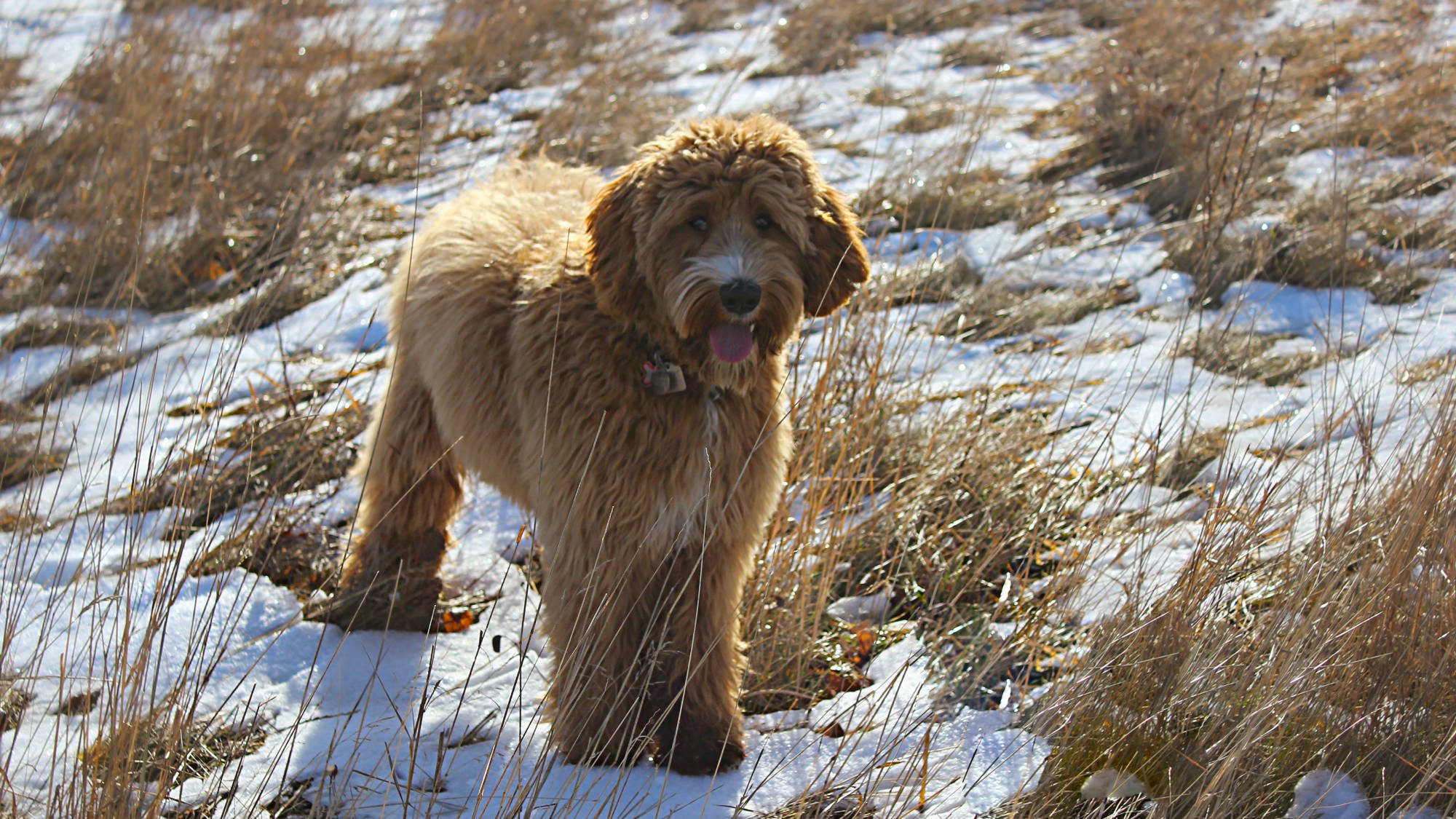Puppy development, especially in terms of bones and joints, is a critical aspect of their growth that every pet owner should be aware of. When welcoming a puppy into your home at around 8 to 9 weeks old, it’s important to recognize the unique characteristics of their physical development during this stage.
Table of Contents
- The Nature of Puppy Joints and Bones
- Protecting Your Puppy’s Developing Body
- The Role of Good Parenting in Puppy Development
- Transitioning to More Active Play
- When Are Puppies Bones Fully Developed?
- Final Thoughts
The Nature of Puppy Joints and Bones
At this young age, puppies exhibit large, flexible legs and wobbly movements, which is completely normal and a result of their bones, muscles, tendons, and ligaments still developing. These components are not yet fully connected, allowing for the necessary flexibility but also making them susceptible to injury. Nature compensates for this vulnerability by ensuring puppies naturally rest and sleep frequently, which aids in safe development.

Look at the photo above. Do you see how far apart their bones are? There is no sign of contact. All puppies of any breed have big, flexible legs and wobbling movements. Their joints are fully composed of muscles, tendons, and ligaments, covered with skin
Protecting Your Puppy’s Developing Body
It’s crucial to understand that while moderate play and movement are beneficial for joint wear and natural growth, excessive activity can be harmful. Activities that should be avoided to prevent potential joint damage include:
- Allowing puppies to jump from heights or leap long distances.
- Encouraging running up and down stairs.
- Permitting jumping out of beds or off furniture.
- Taking them on long walks or runs that they find exhausting.
- Allowing them to slip on slick surfaces like tiles or laminate flooring.
These actions can put undue stress on forming joints, leading to lifelong issues or deformities. A seemingly minor mishap in joint development can have lasting effects on your puppy’s health and physical well-being.
The Role of Good Parenting in Puppy Development
Ensuring your puppy’s health isn’t just about providing excellent nutrition and a safe environment — it also involves responsible parenting. Being mindful of their physical limitations and protecting them from activities that could harm their developing bodies are key components of raising a healthy dog.
Transitioning to More Active Play
As your puppy matures and transitions into the junior stage, their bones and joints will have developed sufficiently to handle more vigorous activities. This is the time when you can gradually introduce more complex exercises and enjoy active play sessions together. Until then, patience and gentle care are essential for nurturing their growth without risking injury.
When Are Puppies Bones Fully Developed?
A puppy’s bones are fully developed once they reach skeletal maturity, which varies significantly depending on the breed and size of the dog. Generally, smaller breeds tend to reach full skeletal maturity faster than larger breeds.
- Small to Medium Breeds: These dogs often reach skeletal maturity by the age of 12 to 15 months.
- Large Breeds: Larger breed dogs may not reach full skeletal maturity until they are 18 to 24 months old, with some of the largest breeds possibly taking up to 2 years.
While bones may reach their full size, the joints and connections might continue to strengthen and solidify well after the bones have stopped growing. This is why it’s crucial to manage the type and amount of physical activity puppies engage in — to avoid stress on their developing bones and joints. Always consult with a veterinarian for advice tailored to your specific breed to ensure their health and proper development.
Final Thoughts
Remember, the early weeks of a puppy’s life are formative and delicate. By keeping their developmental stage in mind and moderating their physical activities, you can help ensure they grow into strong, healthy adult dogs. There’s plenty of time for adventures and high-energy play as they get older and their bodies are fully prepared to handle it.








